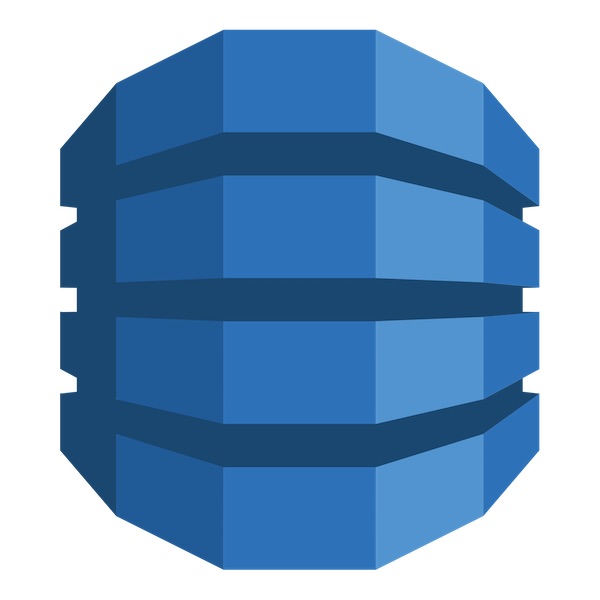DynamoDB Resources

Intro
“DynamoDB is hard” is a something which I feel I’ve heard a lot. But is it actually “hard”?
It’s often because when starting with DynamoDB you have been used to modelling your data for SQL databases for years. So what is actually hard is changing the way we are used to think about our data and how we are used to model it. It is just one new model to learn.
Here are some resources to help you build a good understanding of some of the core principles of modelling your data in a way which will allow you to take advantage of DynamoDB and its scaling features.
Links
Rick Houlihan’s talks
Rick Houlihan is a Principal Technologist for NoSQL at AWS. He took place in a massive migrations from Oracle to NoSQL within Amazon and is seen as a reference regarding NoSQL modelling and especially in DynamoDB. His talks at AWS re:Invent on the topic are usually wildly shared.
Here are the ones I’ve watched over time. To be fair, at any point in time, most of the value is probably coming from the most recent one as the content tends to be similar with just minor updates or refinements year on year.
AWS re:Invent 2017: Advanced Design Patterns for Amazon DynamoDB (DAT403-R)
AWS re:Invent 2018: Amazon DynamoDB Deep Dive: Advanced Design Patterns for DynamoDB (DAT401)
AWS re:Invent 2019: Amazon DynamoDB deep dive: Advanced design patterns (DAT403-R1)
Others
2020 Ultimate DynamoDb Cheatsheet
How DynamoDB scales where relational databases don’t
How to model one-to-many relationships in DynamoDB
Refactoring to single-table design in Amazon DynamoDB
Understanding Eventual Consistency in DynamoDB
Single-table vs. multi-table design in Amazon DynamoDB
Use parallelism to optimize querying large amounts of data in Amazon DynamoDB
Understanding Amazon DynamoDB latency
Some reasonable arguments not to stick too strongly to single-sagle
